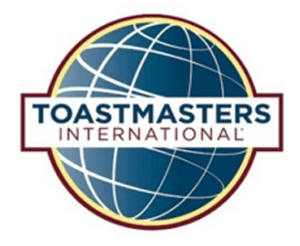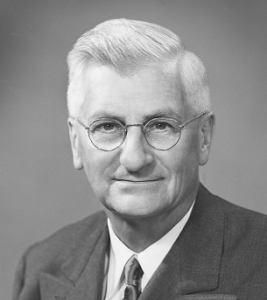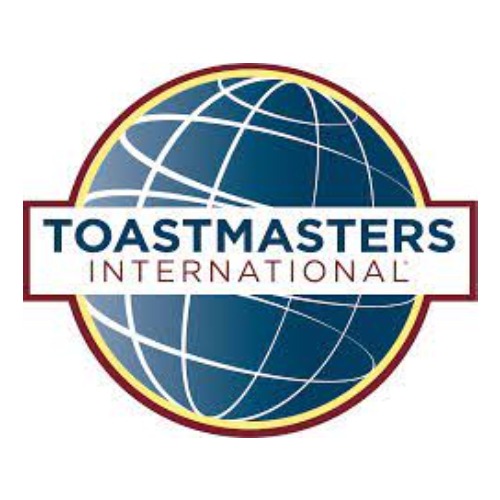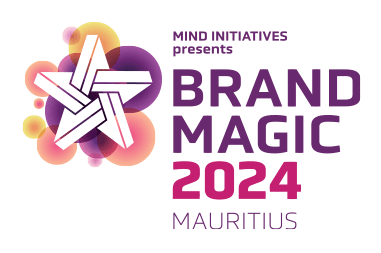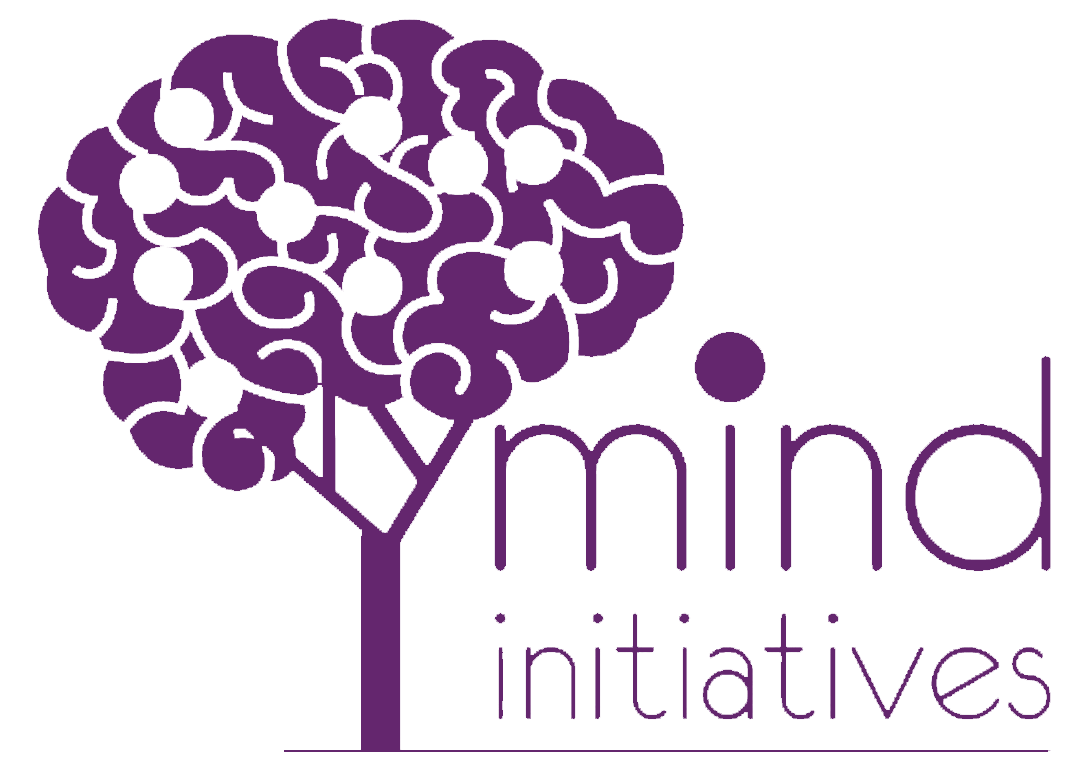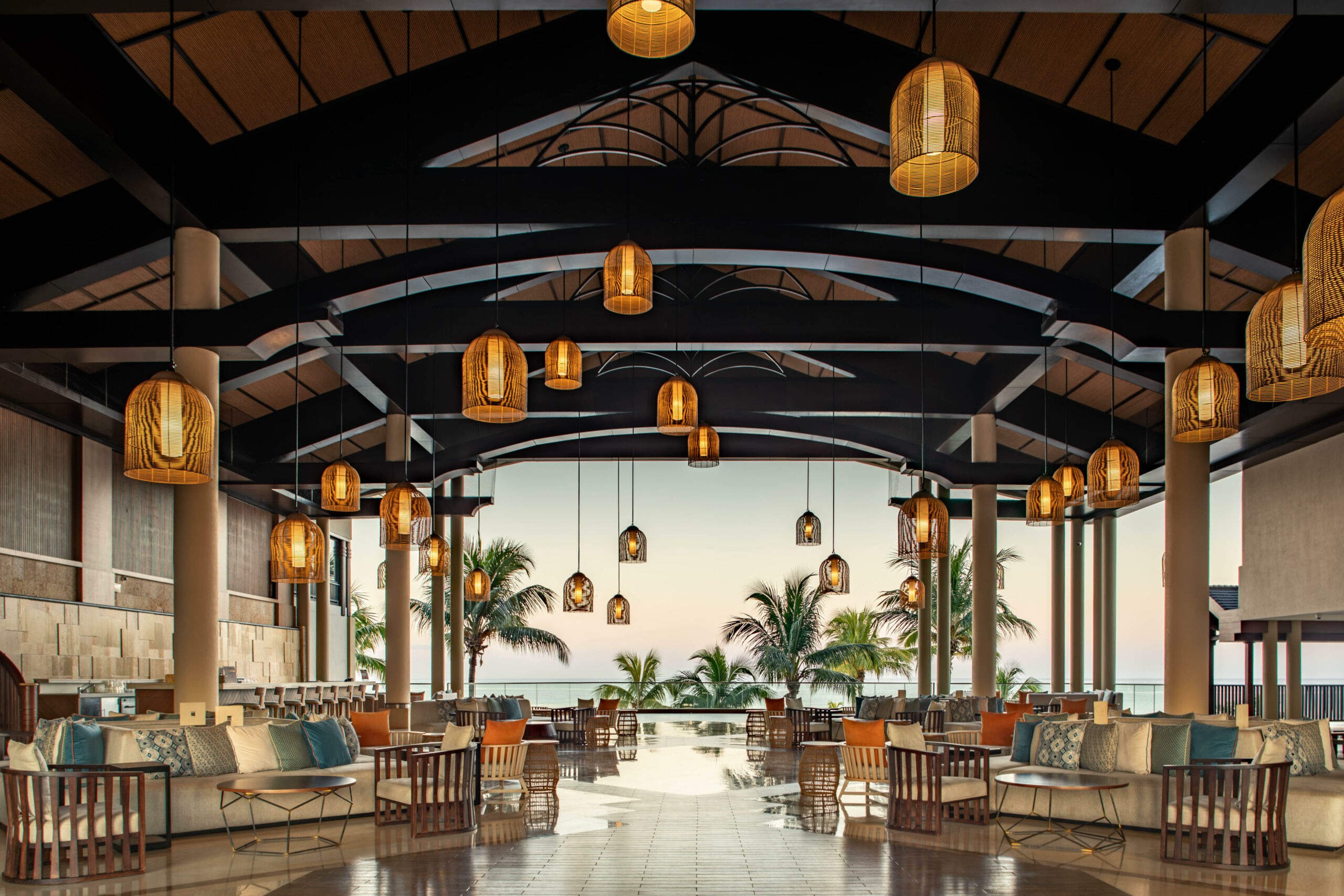Toastmasters International: Continually Evolving for Members
By Laura Amann
Laura guided the award-winning Toastmaster magazine through the COVID-19 pandemic, transitioning the magazine from both a print and digital platform, to a digital-only experience. She is also heavily involved with documenting the history of Toastmasters and how the organization has evolved over the past 100 years. With 20 years of writing and editing experience, Laura has documented how many companies have evolved and progressed through the years.
Toastmasters International helps members develop public speaking and leadership skills through a worldwide network of clubs. Membership exceeds 300,000, with more than 15,800 clubs in 149 countries. For nearly 100 years, Toastmasters has helped people become more confident speakers, communicators, and leaders. The concept is based on learning by doing, and the clubs are all run by volunteer leaders. The cost is minimal, but the payoff is large. Members consistently comment on the life-changing aspect of being a Toastmaster – from earning promotions at work to gaining more self-confidence to being exposed to people from a variety of backgrounds, ages, professions, and cultures.
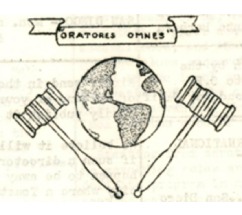
June 1931

September 1931
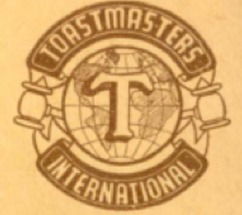
August 1941
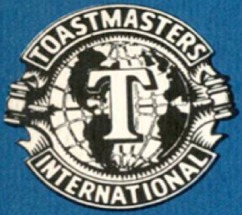
January 1960

January 1961

1975
Toastmasters International has inconsistent use of the organizational slogan.
May 1946: “For Better Thinking— Speaking—Chairmanship— Listening.”
June 1948: “For Better Thinking— Speaking—Listening.”
November 1968: “Better Listening, Thinking, Speaking For Men On The Move.”
1972: “Better Listening, Thinking, Speaking For The Action People.”
1988-2008: taglines do not appear to be used.
2009: “Become the Speaker and Leader You Want to Be.”
2011/current: “Where Leaders are Made.”
The concept is deceptively simple. Learning is done in a club environment alongside other members. Aside from 100+ paid employees in Denver, Colorado, United States, leaders are all volunteers. There are no teachers or trainers or classrooms. Members gain public speaking experience through both prepared and impromptu speeches. Some stay for a few years until they reach their goals; others stay for years, even decades, continuing to evolve their speaking and listening skills, as well as their leadership skills, and enjoy the camaraderie and community that come with being a part of such a diverse organization.
Since the beginning, meetings have been generally broken into three parts: prepared speeches (usually 5-7 minutes), evaluations (where someone gives detailed feedback to the speaker), and an impromptu speaking session (called Table Topics, where a few attendees spontaneously answer questions asked by the session leader).
However, while Toastmasters was once a men’s-only dinner meeting club, it is now bustling with people of all genders in a wide variety of ages, professions, and experience. Club meetings throughout the world share the same basic format, but there are also distinctions. Meetings vary in terms of length and how often they’re held. Some clubs meet for an hour every week; others meet less frequently for a longer duration. Some clubs have a more relaxed feel, others are more formal. Some clubs start each meeting with a joke or a poem. Some bring in guest speakers. Leadership opportunities abound. Each club has an executive board, elected from its own member base, which consists of up to seven positions. Clubs are part of areas, which are part of divisions, which are part of districts, which are part of regions. Members can gain leadership skills at the club level all the way to the international board level.
There is also the opportunity for members to continue to grow speaking skills once they have reached a certain level of expertise. Toastmasters sponsors the annual World Championship of Public Speaking, where thousands of members compete at speech contests at the club, area, and district level before reaching the international stage at the annual convention. For members who are professional speakers, there is the opportunity to achieve the Accredited Speaker designation. This rigorous program requires hours of professional speaking and training before the title is bestowed.
How Toastmasters Evolved During the Pandemic
Until March 2002, the Toastmasters experience was based on in-person meetings with people in the same local area (a community club) or the same organization (a corporate club).
When the pandemic hit, Toastmasters clubs had to adapt quickly. Although there had already been some online clubs, prior to 2020, they represented only about 5% of all clubs. Within a matter of weeks, all clubs went virtual. There was a learning curve, of course. It’s hard to seamlessly transition 100 years of experience. Staff at World Headquarters and leaders around the world worked tirelessly to figure out how it could work. Club officers learned to use online meeting platforms, and members learned to speak into a small camera rather than to an actual audience.
And something amazing happened. Because Toastmasters has members in 149 countries, having an online meeting platform meant that members had access to clubs around the world. People could visit clubs anywhere, and in any language. Suddenly, the isolation that had been so prevalent became less, well, isolating.
The international president at the time embarked on a “worldwide” tour where he virtually visited one club in every country that had a Toastmasters club. Members from India visited clubs in the U.S.; members in England visited clubs in Australia. Friends visited their friends’ clubs in other areas. The world grew smaller and smaller.
Leaders and members were able to gain new inspiration and see how other clubs ran their meetings. Because all Toastmasters clubs follow a similar agenda – prepared speeches, evaluations, and Table Topics – it’s easy for members to follow along with the format no matter what country or area they’re in. There are no rules about speech topics. You can speak on any topic that interests you.
Corporate Clubs
Since the pandemic began, the demand for soft skills – such as public speaking, active listening, self-confidence, critical thinking, leadership prowess, and time management- in the workplace has only accelerated. An October 2021 report analyzed more than 80 million job postings and found that employers seek durable or soft skills nearly four times more frequently than the top five technical or hard skills. The report also found that 91% of management jobs, 86% of business operations jobs, and 81% of engineering jobs demand soft skills.
Because of this shift, corporate clubs are on the rise. Nineteen of the top 20 Fortune 500 companies — and 85 of the top 100 — have at least one active Toastmasters club, and 34 of the top 50 Fortune 500 companies have at least three active Toastmasters clubs, including industry titans Apple, Comcast, and General Motors.
In fact, more than half of the 2021 Fortune 500 companies offer inhouse Toastmasters clubs to help build and improve their employees’ communication, leadership, and public speaking skills. Apple, Amazon, Ford Motors, Exxon Mobil, General Electric, JPMorgan Chase, Northrop Grumman, Pfizer, State Farm Insurance, and UPS are among industry leaders who use Toastmasters to develop and enhance these valuable soft skills, as well as the confidence, of their employees.
Education
While the model for Toastmasters is based on the learn-by-doing concept, Toastmasters has a formal education program, called the Pathways learning experience, or just Pathways. The program has evolved over the years and gone through various names as trends and needs have changed.
Pathways is used in both corporate and community clubs, and includes 11 “paths” that members can take to develop a personalized set of communication and leadership skills. Different paths focus on developing different skills. The program is primarily based online (although it is available in printed format in most languages as well). Each path has five levels, with a varying number of projects in each level, that members work their way through. Projects can focus on elements of public speaking – such as body language, vocal variety, and speechwriting – or they can focus on developing outside skills – such as managing online meetings, leading in a volunteer organization, and project management.
Paths include presentation mastery, dynamic leadership, effective coaching, engaging humor, innovative planning, leadership development, motivational strategies, persuasive influence, strategic relationships, team collaboration, and visionary communication. Reflecting the organization’s diversity, all Pathways content is available in Arabic, English, French, German, Japanese, Portuguese, Simplified Chinese, Spanish, and Traditional Chinese, with select paths available in Korean and Tamil.
Additional Education Offerings
Some Toastmasters clubs sponsor shorter-term education programs, called Speechcraft, which is a series of lessons conducted either in four, six or eight sessions. The sessions teach the fundamentals of public speaking to non-members. It’s a good way to help people get a jump-start on public speaking skills before officially joining a club.
For people who want a self-paced, quick, interactive public speaking tutorial, Fast Track is a fun and interactive way to learn skills from Toastmasters. Users start with an optional self-assessment, watch three instructional videos, record themselves giving a speech, and then re-take the assessment to track their growth. Fast Track is aimed at people who need to learn skills quickly, for instance someone who has a big work presentation or a wedding speech to deliver.
There are two educational programs for young people. The Interpersonal Communication program helps teenagers build effective listening and communication skills while learning their own communication style. The program features materials designed to be used by teachers and other adult community members who mentor young people. The Youth Leadership Program is a workshop consisting of eight one to two-hour sessions that help participants develop communication and leadership skills through practical experience. The program is presented during or after school, or on weekends. A local Toastmasters club serves as sponsor and provides a coordinator to present the program. Meetings generally follow a format similar to that of a Toastmasters club meeting, including an announced agenda, practice in parliamentary procedure, and the selection of presiding officers.
Standard Meeting Format
If members from the past century were to attend a meeting today, they would be surprised by the technology clubs use, by the variety of people who attend, and by the topics people choose for speeches. But they would be familiar with the agenda. While much has changed since the founding in 1924, much remains the same since the early days, with meetings divided into three parts: prepared speeches, evaluations, and impromptu speaking. Clubs follow an agenda and adhere to parliamentary procedure.
There are standard meeting roles. These serve two purposes: to give members a chance to practice leadership and speaking skills, and to provide additional educational benefit to the speakers.
In addition to the meeting speakers and Table Topics speakers (short, impromptu speeches), meeting roles include an Ah-Counter (who notes overused or filler words like “um” or “ah”), a Grammarian (chooses a Word of the Day and reports on notable or incorrect uses of phrases and words), a Timer (makes sure all speakers and evaluators stick to their allotted time), and an Evaluator for each speaker (someone who listens carefully and evaluates a speaker). There is also a Table Topicsmaster who comes up with questions for the impromptu speaking part of the meeting, and a General Evaluator who reports back on everything that takes place during a meeting.
The Toastmaster magazine has been a part of Toastmasters since almost the beginning. It dates back to 1930 when founder Dr. Ralph C. Smedley published a small three-page mimeographed pamphlet, called The Gavel. In 1932, the name was changed to The Toastmaster and was published four times a year, consisting mostly of a roster of clubs and an article by the president. In 1941 the magazine went bimonthly, and the size increased slightly. Finally, in 1946 the magazine began being published monthly and it remains a monthly publication to this day.
Smedley served as editor for many years, and had a regular column in the magazine, “Personally Speaking.” Today, the organization’s International President continues this tradition with their monthly “Viewpoint” column.
In October 2016, the magazine launched its web-based edition. This digital edition allows for supplemental features within each article, such as video, audio, and extended photo galleries. It also helps readers to find articles on similar topics that were previously published.
 Until March 2020, the magazine was mailed monthly to all members in every country. When the COVID-19 pandemic hit, the print edition was suspended for financial and logistical reasons, and the focus turned to the digital edition. The print version is still available in a graphically designed PDF format available for download, but the digital edition has increased its reach. Without the constraints of printer deadlines, articles are able to be published more quickly and on timely topics. The print edition continues to be temporarily suspended but is continually being evaluated for when and how it may return.
Until March 2020, the magazine was mailed monthly to all members in every country. When the COVID-19 pandemic hit, the print edition was suspended for financial and logistical reasons, and the focus turned to the digital edition. The print version is still available in a graphically designed PDF format available for download, but the digital edition has increased its reach. Without the constraints of printer deadlines, articles are able to be published more quickly and on timely topics. The print edition continues to be temporarily suspended but is continually being evaluated for when and how it may return.
No matter the format, the quality of the magazine remains high. Articles are written by members for members. Most writers are professional writers as well as members. A staff of professional editors and designers develops the content and ensures the quality and accuracy of everything that is published.
The Toastmasters Podcast has more than 200 episodes and features timely interviews with Toastmasters usually featured in the Toastmaster magazine. It is produced and hosted by Greg Gazin and Ryan Levesque, both of whom are Toastmasters. The podcast is available for free on the internet, and is also available through Apple Podcasts, Google Podcasts, and Spotify.
Hyperlinks of the WCPS Winning Speeches from 2015 – 2021
Toastmasters and Rotary
In May 2019, Toastmasters International and Rotary International formed a unique strategic alliance, drawing from the strength of their many similarities and complementary differences. Toastmasters also developed eight educational courses for Rotarians and Rotaractors, available on Rotary International’s Learning Center, which can be accessed by their members in nine languages. This alliance has provided an opportunity for Toastmasters members to establish fellowship and make new connections, contribute more to communities, and potentially elevate clubs. Hundreds of Rotary members around the world have taken Toastmasters courses to develop their public speaking and leadership skills in order to better promote their organization and communicate new initiatives. Toastmasters continues to explore new ways of meeting its members’ needs while still staying true to its core mission: that of helping people around the world improve their communication and leadership skills.
To learn more about Toastmasters, visit www.toastmasters.org. To find a club, visit www.toastmasters.org/find-a-club

